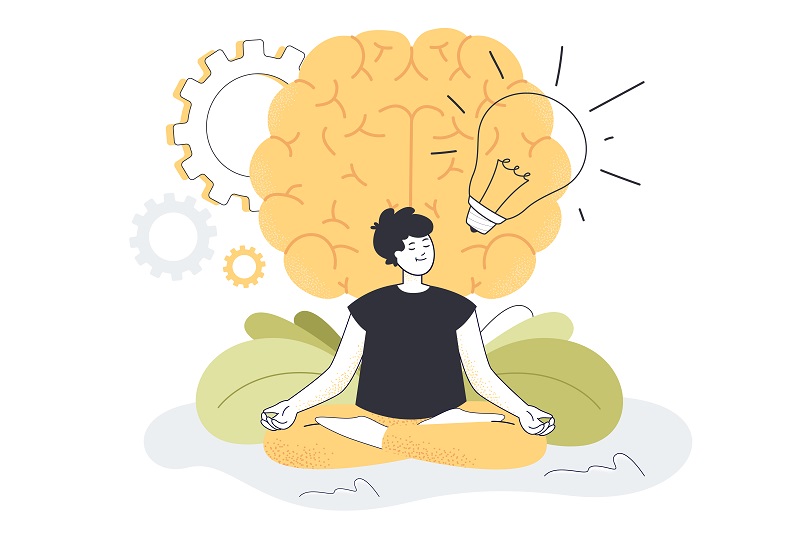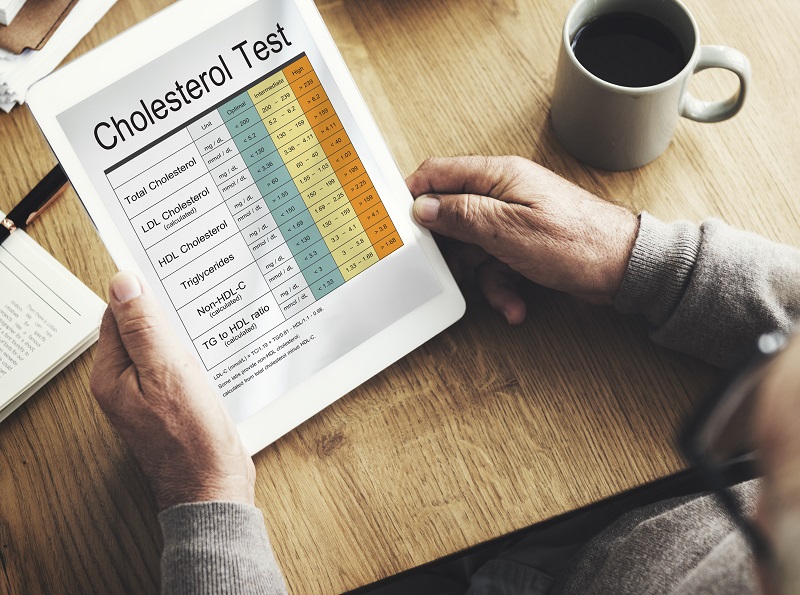The Buyt Desk
According to WHO, in India, 7.5% of the population i.e. 90 million people are suffering from mental disorders. Among the young population between 15 to 39 years, suicide is the main reason for deaths. A meagre 0.05% of the health budget is spent on mental health in India. These statistics indicate the dire need for improvement in the mental health of Indians. Even if the Government fails to provide proper mental healthcare, you can take small steps for your mental wellbeing.
Imagine, you are juggling 5 balls perfectly. Now, the number of balls is increased to 10, blaring rock music is playing in the background, and your child starts crying due to hunger. The odds in the favour of balls falling are high. In everyday life, multi-tasking between a demanding job, and persistent social and family commitments, your self-care takes a back seat. Taking care of social, psychological, and emotional aspects of your being comprises mental health.
Mindfulness
Are multitasking, excessive exposure to gadgets, unhealthy eating, and no physical exercise a significant part of your daily life? If yes, then stop and live in the present. Mindfulness refers to intense awareness about your emotion and sensation in the present. You can experience an instant feeling of calmness and balance with the practice of mindfulness. Commonly, you have heard of meditation, yoga, deep breathing, proper sleep, and regular exercising as mindful daily habits to nurture your mental health. However, here we discuss specific mindfulness techniques to deal with daily life stressors.
-
Raisin Exercise
Pretend you are unaware of the characteristics of a raisin. At this moment, use your senses to experience the texture, smell, and appearance of the raisin. Be aware of your body’s sensation and reaction to the object. The activity fixates your awareness of the present. Any food item with significant physical characteristics can be chosen.
-
Body scan
Lie on your back comfortably with your feet slightly apart, arms by your side, and palms facing upwards. Focus on your breathing. Move your attention from head to toes, and toes to head while observing the associated sensations, feelings, and thoughts.
-
Mindful Seeing
Mindful seeing is simply viewing things but without perceptions and judgements. Open a window and look at things as seeing them for the first time. Do not categorize them. Instead, observe the colours, movements, patterns, and shapes.
-
Mindful colouring
The objective of mindfulness is to live in the present. Pick a paper, pencil, or crayon and begin colouring. Do not focus on what you are drawing. Aim to feel the movement of the pencil on paper and vibrancy of colours. Observe your sensations while colouring.
-
Mindfulness in mundane tasks
Regular tasks like brushing your teeth or washing utensils become boring. Your mind starts to wander. In such situations, try to elevate your awareness of the present. For example, observe the bubbles of dishwashing solution, shine on the utensils after washing, and sounds associated with dishwashing. Such a practice will keep your focus on the present.
The mindful activities can be performed in groups, or with a facilitator. It may be hard to practice these activities in the beginning. In such a case, gently bring back your attention to the activity, and eventually, it will become a habit.







